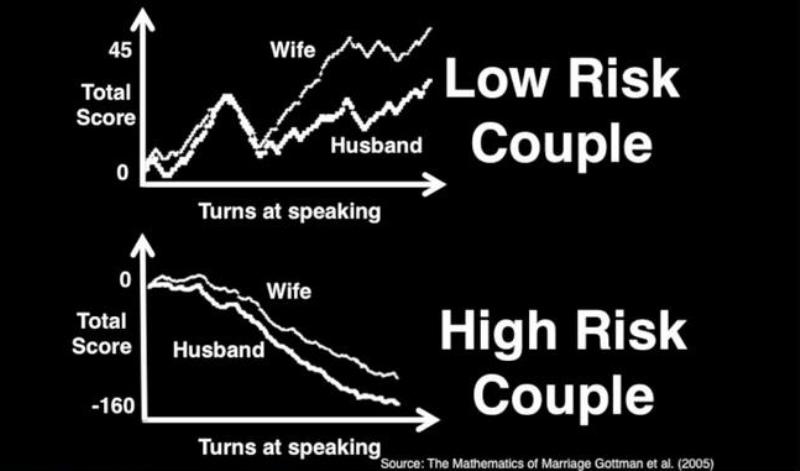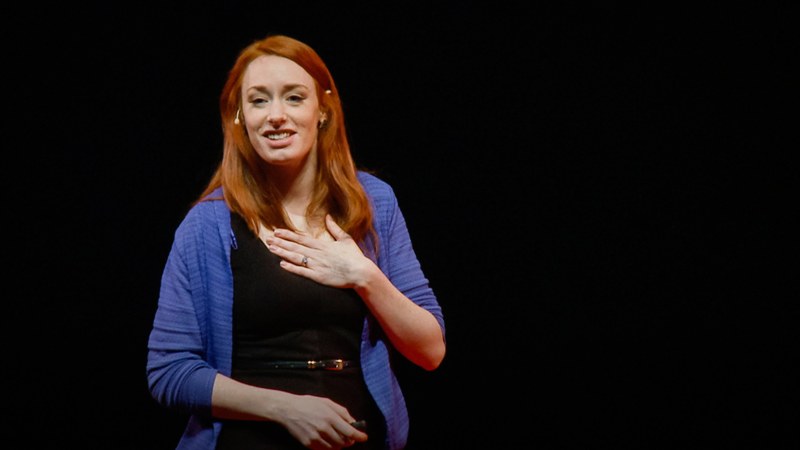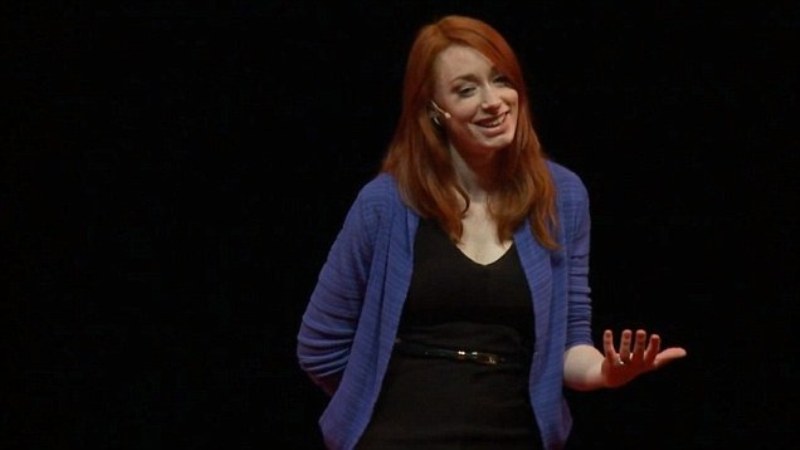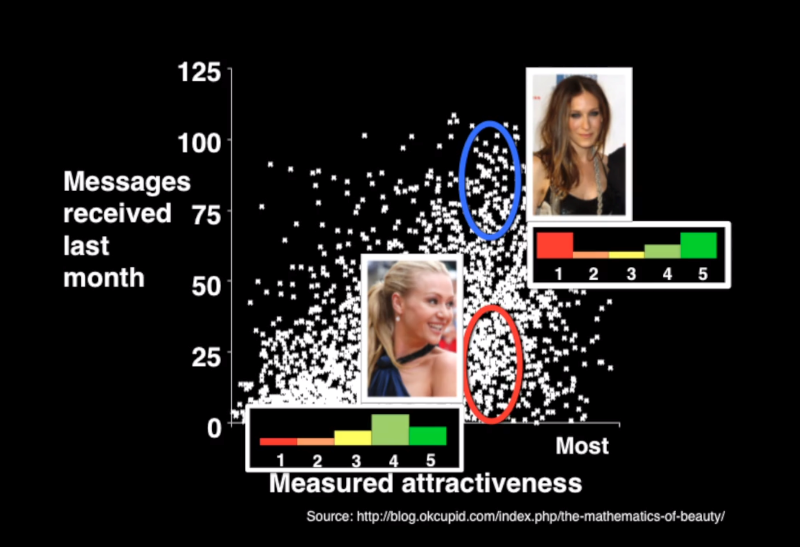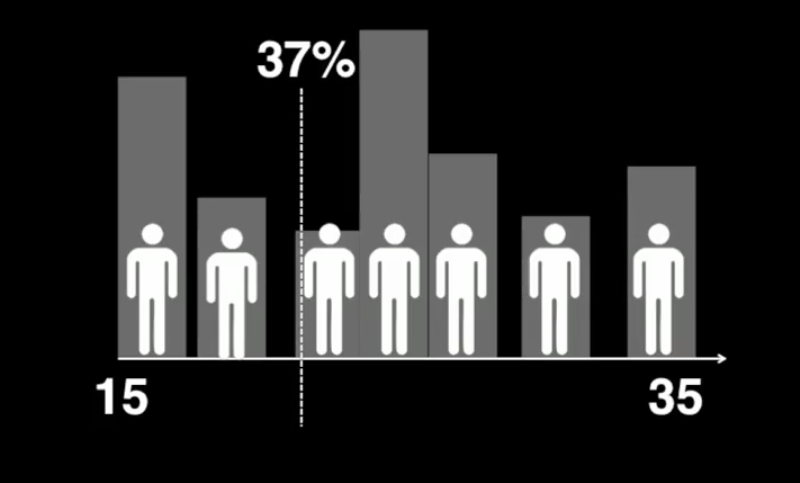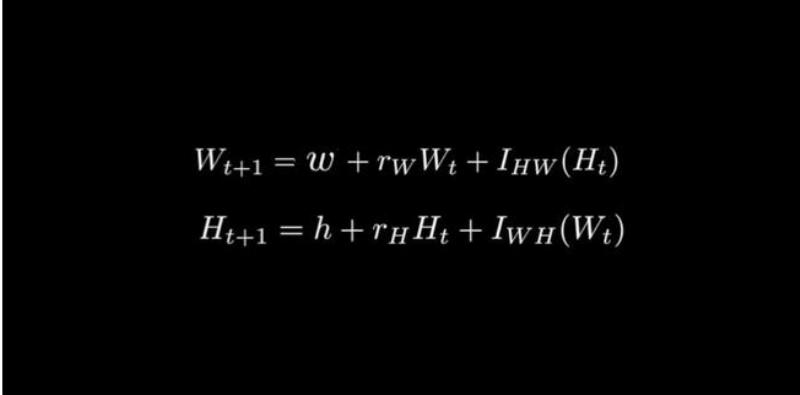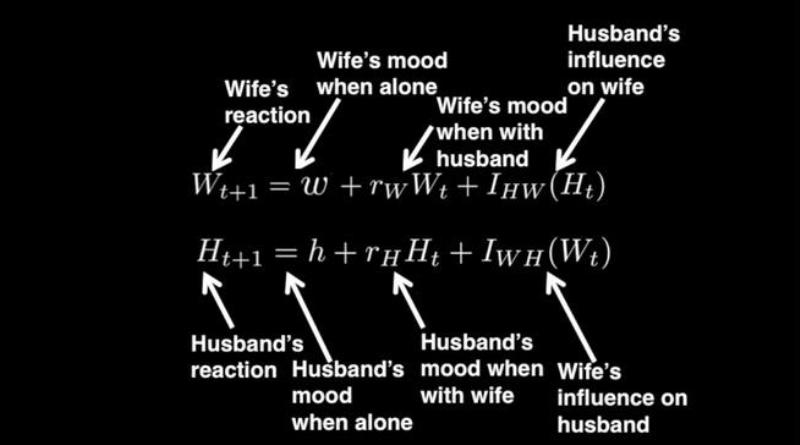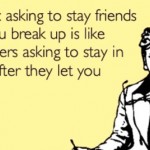I don’t know about you, but I have always hated mathematics. Always! And again, I don’t know about you – but I have, ever since I can recall, always been in love with love. Always!
Suggested read: Does food have anything to do with romance?! Read on…
Therefore, when Dr. Hannah Fry came out with a TED Talk and a subsequent book on The Mathematics Of Love, I was more than eager to see how my personal hate-love elements synced in! And if you haven’t quite seen the talk or read the book yet, no worries, you have stumbled upon the right page.
Image source: Youtube
In the talk titled The Mathematics Of Love, Dr. Hannah Fry, a lecturer at University College London, outlined how math underpins love at the Oxford Literary Festival. Herself a scholar in the subject, she couldn’t help remark upon the astounding capability of equations and symbols to go beyond the page and help negotiate the complicated, often baffling, sometimes infuriating, but always interesting, mysteries of love in the most enthused tones ever. Remarking on her interest in the fascinating realm, she averred,
“Love, like most things in life, is full of patterns. And mathematics is ultimately the study of patterns—from predicting the weather to the fluctuations of the stock market, the movement of planets or the growth of cities. These patterns twist and turn and warp and evolve just as the rituals of love do.”
Image source: Youtube
She, then, took the audience on an amazing journey of exploring the patterns that define, dictate, and govern love lives vis-à-vis an exploration of the mathematical ideas, theories, equations, and tools that help read the same. While the TED Talk dealt with a few select aspects of dating, relationships, and marriage, the book delves deeper and lays bare an entire gamut of mathematical tools that have the ability to grasp nebulous concepts like beauty, decode the ways in which online dating algorithms work, dive deeper into the chances of finding love, and the probability that it’d last and even the use of game theory in picking a potential partner from among the people who give you the eye at the bar!
Suggested read: Rebound relationships are healthy, says Science
And since I do not wish to unravel the magic of the symbols, graphs, and equations that weave quite the LOVE-ly magic on the pages bound together in her book, I will give you something that will make your hand itch to hold the book faster than lightning!
In the talk, she listed a number of mathematical tools that can help people bolster their popularity on online dating portals, find true love, and even keep the love in a healthy and happy state for life. Among these notable techniques were:
1. Have friends who are less attractive than you
Known as Discreet Choice Theory, the idea is really simple. If there are two women A and B who are equally attractive, then planting a third woman C, who happens to be a lesser attractive version of A, shall shoot up the popularity of A with the men. It is simple, said Dr. Fry,
“If you are trying to choose a wingman or wingwoman, choose someone as similar to you as possible, just slightly less attractive.”
2. Highlight your flaws
Image source: Youtube
In an interesting approach to online dating statistics and the key trends therein, Dr. Fry revealed that it isn’t the ‘most attractive’ people who do very well in the online dating realm but those that tend to divide or scatter opinion. She lists out the names of Portia de Rossi and Sarah Jessica Parker as a case in point stating that while the former is an out-and-out winner in the looks department, Parker tends to have a faction who love her while another who don’t quite. This division of opinion, Fry states, works up to Parker’s advantage as she’d likely receive more responses from people who find her attractive than those who are likely to be put off by their own self-assessed rejection mode when viewing a perfect profile picture. Fry states that in such a case, it works well to play up your flaws and invite responses. Men with bald heads, for example, should not wear a hat to cover their pate as their lack of hair will be attractive to some. Those who are overweight should also not use clever photo cropping to hide what they perceive as flaws. Dr. Fry explained,
“People who are unbelievably good looking will always do well, but the rest of us would be better to divide opinion.”
Suggested read: Science explains the physical effects of heartbreak
3. Choose ‘healthy’ looking partners
Dr Fry also explained healthier people are also seen as more attractive. This, she attributed, to scientific studies that evince that symmetry and genetic fitness validate an underlying bill of health.
4. Don’t settle down until 37% of your ‘dating period’ has passed
Image source: Youtube
The Optimal Stopping Period theory dictates that people should only start looking for the partner they want to settle down with after 37 per cent of their ‘dating period’ has passed. If, for example, they are looking to get married by the age of 35, and start dating from the age of 15, they should discount all partners they have dated before they turned 22.4 years old. After this time has elapsed, Fry’s advice is to marry the first ‘best’ partner you get. Of course, this comes across as a risky proposition and Fry is quick to point out the risks – for example, if all subsequent partners fail to live up to the dream match in their teenage years, then one might be dying alone with ‘cats nibbling on your remains’ – or if all people in the 37% period were abysmal, you might end up being in a ‘suboptimal’ relationship with the one who is but ‘marginally better.’ Having said that, Fry asserted that the technique still holds well for most – and in fact, it is actually used in nature by some species of fish when mating.
5. And if married, follow the ‘positive’ formula
Image source: Youtube
Psychologist John Gottmann and mathematician James Murray produced a formula that looks at the mood of each partner when alone and together, and how they influence each other. This formula predicts how positively or negatively a wife and husband will respond in the next turn of a conversation. By applying the influences found therein and measuring every quantifiable like blood pressure, heart rate, pulse, facial expressions, influence, etc., they found that some couples often got into spirals of negativity that would ultimately lead to divorce. The most successful couples are those that allow each other to complain and don’t let trivial problems build up. And thereby unlock the secret to long lasting happiness in their relationship. More like ‘not letting the sun go down on their anger,’ jokes Fry.
Image source: Youtube
Hooked? So was I! And surprisingly, by the Mathematics Of Love!
Suggested read: Science explains why men with beards and tattoos have a dating edge
Let the Math-Love relationship hook you here:
And now, go read the book! You know you want to!
Featured image source: Youtube
